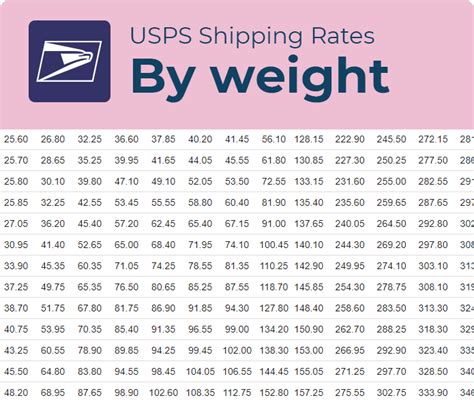Mapping Out A Trip
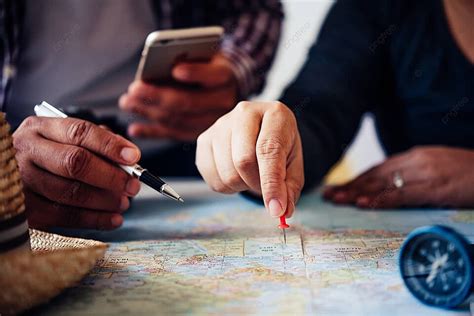
Planning a trip can be an exciting endeavor, but it often involves a significant amount of research and organization. From deciding on a destination to navigating transportation and accommodations, there are numerous factors to consider. In this comprehensive guide, we will delve into the intricacies of trip planning, providing you with expert insights and practical tips to ensure a well-mapped journey.
Defining Your Travel Goals
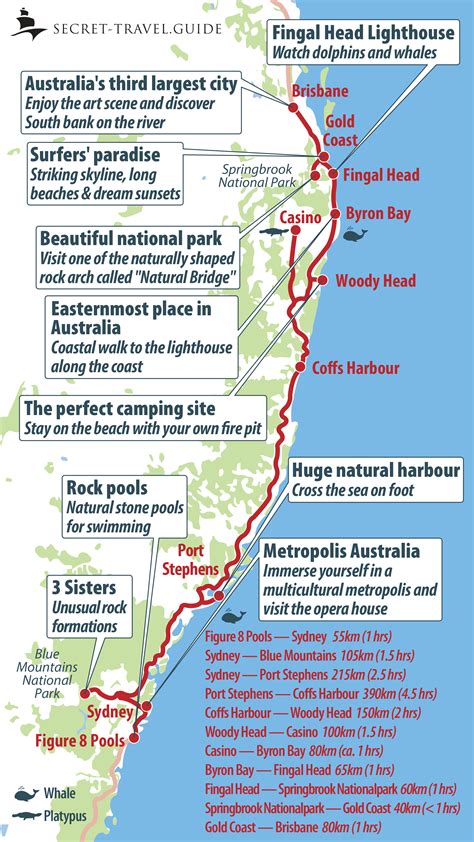
The first step in mapping out a trip is to clearly define your travel goals. Are you seeking a relaxing beach vacation, an adventurous hiking expedition, or a cultural immersion experience? Your travel goals will influence every aspect of your trip, from the choice of destination to the activities you engage in.
Consider your personal interests, preferences, and the purpose of your trip. Are you traveling solo, as a couple, or with a group? Do you prioritize comfort and luxury or prefer a more budget-friendly adventure? Answering these questions will help you tailor your trip to align with your desires and ensure a memorable journey.
Destination Selection: A Comprehensive Guide
Selecting the right destination is crucial to the success of your trip. Here are some factors to consider when choosing a destination:
- Climate and Weather: Research the climate and weather patterns of potential destinations. Consider the time of year you plan to travel and whether you prefer sunny beaches or winter wonderlands.
- Activities and Attractions: Identify the activities and attractions that interest you. Whether it’s hiking trails, historical sites, or culinary experiences, ensure your destination offers a range of options to suit your preferences.
- Budget and Cost of Living: Evaluate the cost of living and travel expenses in different destinations. Some places may offer excellent value for money, while others can be more expensive. Factor in accommodation, transportation, and daily expenses to determine the most suitable option for your budget.
- Travel Restrictions and Requirements: Stay informed about any travel restrictions or visa requirements for your chosen destinations. Certain countries may have specific regulations, especially in the wake of global events, so it’s essential to plan accordingly.
To assist you in your destination selection, here's a table comparing three popular travel destinations based on key factors:
| Destination | Climate | Attractions | Cost of Living | Travel Restrictions |
|---|---|---|---|---|
| Bali, Indonesia | Tropical; warm year-round | Beaches, temples, cultural experiences | Affordable; good value for budget travelers | Visa on arrival for most nationalities |
| Tokyo, Japan | Four distinct seasons; humid summers, snowy winters | Urban exploration, historical sites, culinary delights | Expensive; higher costs for accommodation and transportation | Visa required for some nationalities; eVisa available |
| Santorini, Greece | Mediterranean; warm summers, mild winters | Stunning scenery, ancient ruins, wine tasting | Mid-range; affordable accommodation, higher food costs | Visa-free entry for many nationalities |
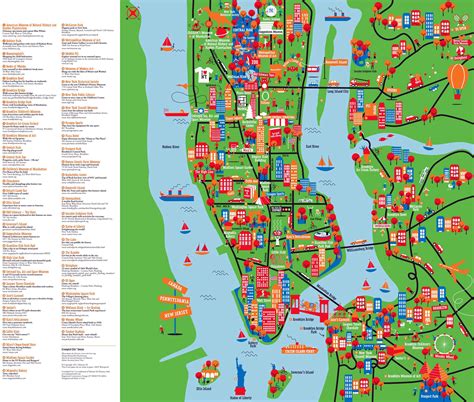
Transportation Options and Considerations
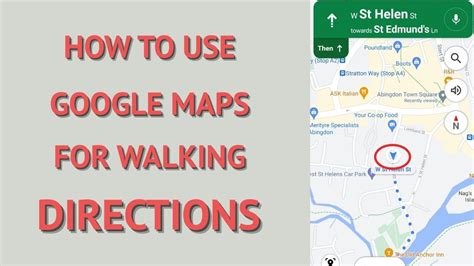
Choosing the right transportation method is essential for a seamless travel experience. Here are some factors to consider:
- Distance and Time: Evaluate the distance and travel time between your departure point and destination. Consider whether you prefer a direct route or are open to exploring different modes of transportation along the way.
- Comfort and Convenience: Assess your comfort preferences. Do you prioritize speed and efficiency or prefer a more leisurely journey with scenic views? Choose transportation options that align with your comfort needs.
- Cost and Budget: Evaluate the cost of different transportation options. Air travel may be more expensive but offers quick travel times, while train or bus journeys can be more affordable but take longer. Balance your budget with your travel preferences.
- Accessibility and Flexibility: Consider the accessibility and flexibility of transportation options. Some modes of transport may offer more flexibility in terms of schedules and last-minute changes. Evaluate what works best for your travel plans.
Exploring Different Transportation Methods
Let's explore some popular transportation methods and their advantages and disadvantages:
| Transportation Method | Advantages | Disadvantages |
|---|---|---|
| Air Travel | Fast and efficient; ideal for long distances; often offers direct routes | Expensive; limited luggage allowance; may involve long airport waits |
| Train Travel | Scenic and comfortable; often has dedicated train compartments or cabins; can be affordable | Slower travel times; may require multiple connections; limited availability in some regions |
| Bus Travel | Affordable; offers flexible schedules; ideal for short to medium distances | Can be crowded and less comfortable; limited luggage space; may have longer travel times |
| Road Trip (Car or RV) | Flexibility and freedom to explore; ideal for road trips and scenic routes; can be cost-effective | Requires planning for fuel and accommodation; may involve traffic and driving challenges |
Accommodation: Finding the Perfect Stay
Choosing the right accommodation is crucial for a comfortable and enjoyable trip. Consider these factors when selecting your stay:
- Budget and Cost: Evaluate your budget and determine the maximum amount you can allocate for accommodation. This will help narrow down your options and ensure a comfortable stay within your means.
- Location and Accessibility: Consider the proximity of your accommodation to your desired attractions and activities. Opt for a location that offers easy access to transportation and is conveniently located for your daily explorations.
- Amenities and Facilities: Evaluate the amenities and facilities offered by different accommodations. Consider whether you require specific services, such as a gym, swimming pool, or in-room dining. Choose an option that aligns with your preferences.
- Reviews and Ratings: Research and read reviews from previous guests to get an honest assessment of the accommodation. Look for patterns in the reviews to identify potential strengths and weaknesses of the property.
Types of Accommodation and Their Benefits
Here's an overview of some popular accommodation options and their unique benefits:
| Accommodation Type | Benefits |
|---|---|
| Hotels | Professional service, often with a wide range of amenities and facilities; ideal for those seeking convenience and comfort |
| Hostels | Budget-friendly; great for solo travelers or groups; offers a social atmosphere and shared facilities |
| Apartment Rentals | More space and privacy; often fully equipped with kitchen facilities; ideal for longer stays or families |
| Guesthouses | Cozy and intimate atmosphere; often provides a more personalized experience; can offer great value for money |
| Camping or Glamping | Immerse yourself in nature; offers a unique outdoor experience; ideal for those seeking adventure and a connection with the environment |
Navigating the Trip Planning Process
Now that we've covered the key aspects of trip planning, let's delve into the practical steps to ensure a smooth and organized journey.
Creating a Comprehensive Itinerary
A well-planned itinerary is essential for a stress-free trip. Here’s how to create one:
- Research and Prioritize: Research the destination thoroughly and make a list of must-see attractions and activities. Prioritize based on your interests and allocate time accordingly.
- Create a Daily Schedule: Break down your itinerary into a daily schedule, considering travel time and potential delays. Allow for flexibility and downtime to ensure a balanced and enjoyable trip.
- Book in Advance: For popular attractions or activities with limited availability, book in advance to secure your spot and avoid disappointment. This is especially important for guided tours or special events.
- Consider Transportation and Transfers: Plan your transportation between attractions and accommodations. Evaluate the most efficient and cost-effective options to ensure a seamless travel experience.
Handling Travel Documents and Requirements
Stay organized and ensure you have all the necessary travel documents and requirements in order:
- Passport and Visa: Check the validity of your passport and ensure it meets the requirements for your destination. Obtain any necessary visas well in advance of your trip.
- Travel Insurance: Purchase travel insurance to protect yourself against unforeseen circumstances, such as medical emergencies or trip cancellations. Review the policy terms and ensure it covers your specific needs.
- Travel Itinerary and Reservations: Keep a digital or physical copy of your travel itinerary, including flight or train reservations, accommodation bookings, and any other relevant travel documents. This will make it easier to access important information during your trip.
Travel Tips and Tricks for a Seamless Journey
Here are some additional tips to enhance your travel experience:
- Download offline maps and travel apps to ensure you can navigate your destination even without an internet connection.
- Research local customs and etiquette to ensure you respect cultural norms and avoid any potential misunderstandings.
- Pack light and efficiently. Consider a packing list to ensure you don’t forget essential items.
- Stay flexible and open-minded. Sometimes, the unexpected can lead to the most memorable travel experiences.
Future of Travel: Exploring New Possibilities
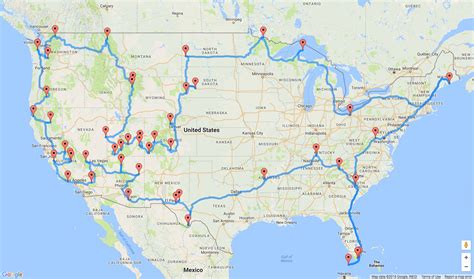
As the travel industry continues to evolve, new trends and technologies are shaping the way we explore the world. Here’s a glimpse into the future of travel:
Sustainable and Eco-Friendly Travel
The rise of sustainable and eco-friendly travel options is a growing trend. More travelers are seeking experiences that minimize their environmental impact and support local communities. From eco-resorts to carbon-neutral travel initiatives, the future of travel is focused on preserving our planet.
Personalized Travel Experiences
With the advancement of technology, travelers are now able to customize their journeys like never before. From personalized trip planning apps to tailored recommendations based on individual preferences, the future of travel is all about creating unique and personalized experiences.
Virtual and Augmented Reality Travel
Virtual and augmented reality technologies are revolutionizing the way we explore destinations. Travelers can now virtually visit museums, tour historical sites, or even attend virtual concerts from the comfort of their homes. These immersive experiences offer a glimpse into the future of travel, where physical boundaries are no longer limiting factors.
How early should I start planning my trip?
+The ideal time to start planning your trip depends on various factors, including your destination, travel season, and personal preferences. As a general guideline, it’s recommended to start planning at least 3 to 6 months in advance for popular destinations or during peak travel seasons. This allows you ample time to research, book accommodations, and secure any necessary visas or travel permits.
What are some budget-friendly travel tips?
+To travel on a budget, consider the following tips: opt for off-peak travel seasons when prices are lower, explore budget-friendly accommodations like hostels or apartment rentals, cook your own meals instead of dining out frequently, and research free or low-cost activities and attractions at your destination.
How can I stay safe while traveling internationally?
+Prioritize your safety by staying informed about the latest travel advisories and local laws. Register your trip with your embassy or consulate, carry travel insurance, and keep a digital copy of your important documents. Stay vigilant, avoid isolated areas, and trust your instincts. Always keep your belongings secure and consider using money belts or hidden pouches to protect your valuables.
